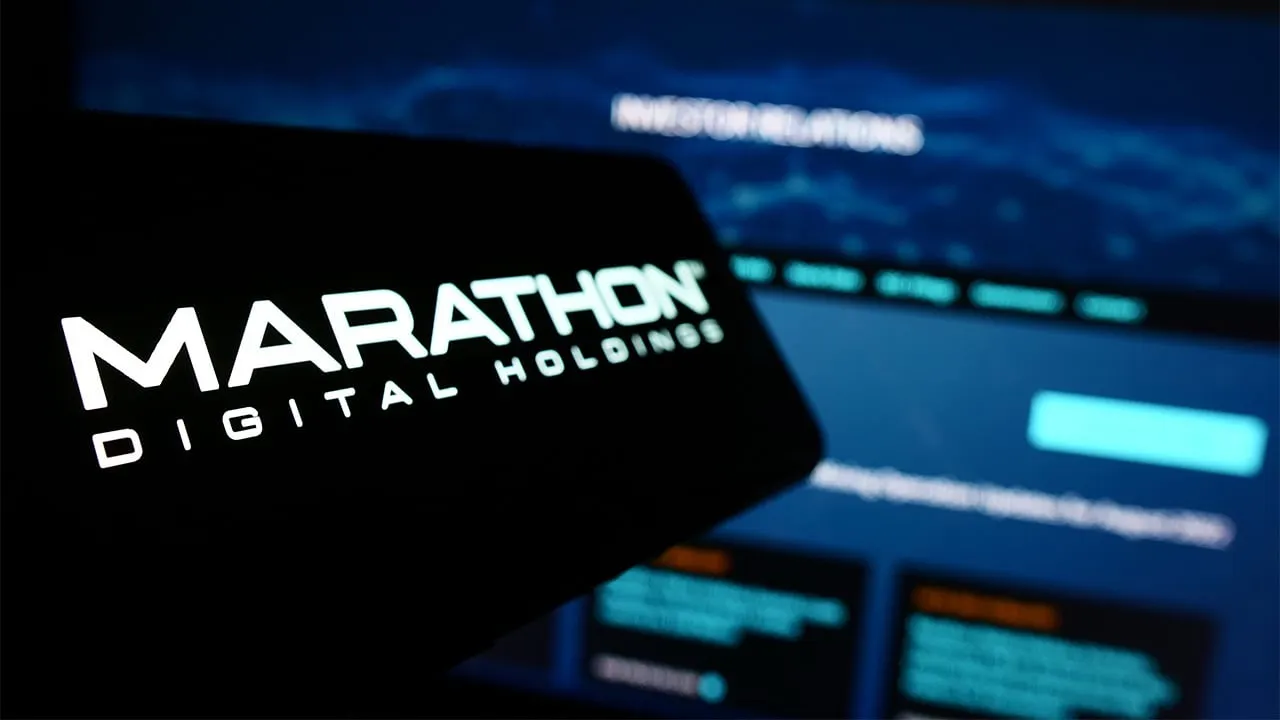In a bold move that has raised eyebrows in the cryptocurrency industry, Marathon Digital Holdings—one of the world's largest Bitcoin (BTC) mining companies—has announced plans to raise $250 million through a private offering of convertible senior notes.
While the company frames this decision as a way to strengthen its Bitcoin holdings and support its long-term HODL strategy, industry experts are raising questions about the potential risks and implications of this approach.
The convertible notes, set to mature in September 2031, will allow investors to convert their holdings into cash, Marathon's common stock, or a combination of both. The company said it intends to use the funds to acquire more Bitcoin and for general corporate purposes, including potential expansions and acquisitions.
This move follows Marathon's recent $100 million Bitcoin purchase, which brought its total holdings to 20,000 BTC, valued at approximately $1.28 billion. The company has explicitly stated its intention to retain all mined Bitcoin and make strategic open-market purchases.
However, industry experts have expressed concerns about the strategy.
Speaking with Decrypt, Ryan Condron, co-founder of Lumerin, warns that Marathon appears to be "moving into the realm of speculation and away from their core mining business."
Condron draws parallels to the situation faced by Core Scientific in 2022, suggesting that overleveraging could put Marathon at significant risk if the market experiences a downturn.
Wes Levitt, co-chief investment officer at Alpha Transform Holdings, offers a similarly cautious perspective. While acknowledging that Marathon seems to be following MicroStrategy's playbook, Levitt points out crucial differences.
“Unlike MicroStrategy, Marathon's low cash-flow profile and reliance on the competitive Bitcoin mining industry could make this debt harder to manage—especially as Bitcoin miners continue to struggle post-halving,” he said.
Levitt also notes Marathon's recent diversification into mining other cryptocurrencies like Kaspa, speculating that this debt-raising effort could be an attempt to balance their Bitcoin exposure while expanding their revenue streams.
However, he emphasizes the need for Marathon to clearly communicate its plan to investors and set appropriate expectations moving forward.
James Davies, chief product officer of Crypto Valley Exchange, says the debt placement actually looks like prudential balance sheet use. A convertible offering means betting on Bitcoin yield outperforming debt, he said, which is a reasonable long-term strategy.
“It’s underwritten with an equity offering and an option to repay early. This looks like a well-thought-through strategy from a balance sheet perspective,” he said. “As a miner, their stock price has always tracked Bitcoin so they are relatively expert on that—to extend this when the debt ratio on their balance sheet [and] when Bitcoin is low and looks cheap relative to the cycle seems smart.”
Edited by Ryan Ozawa.

